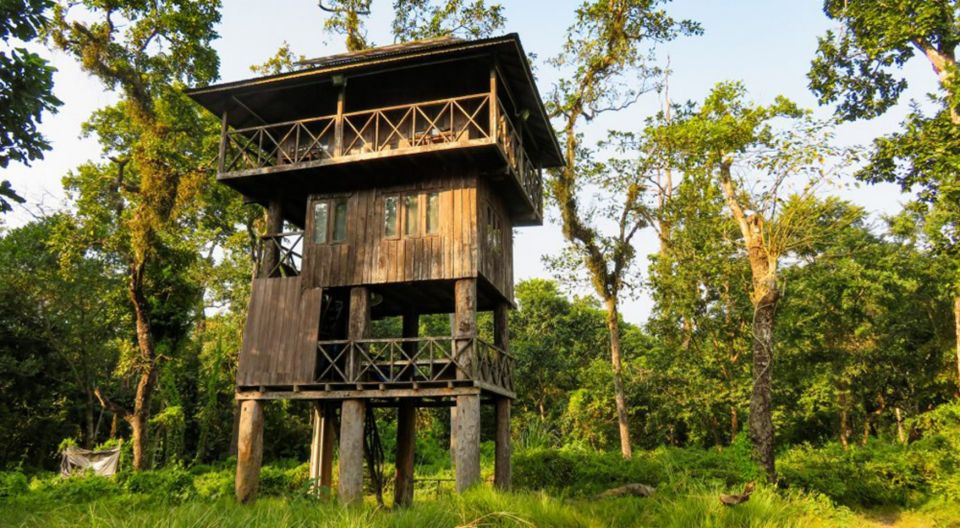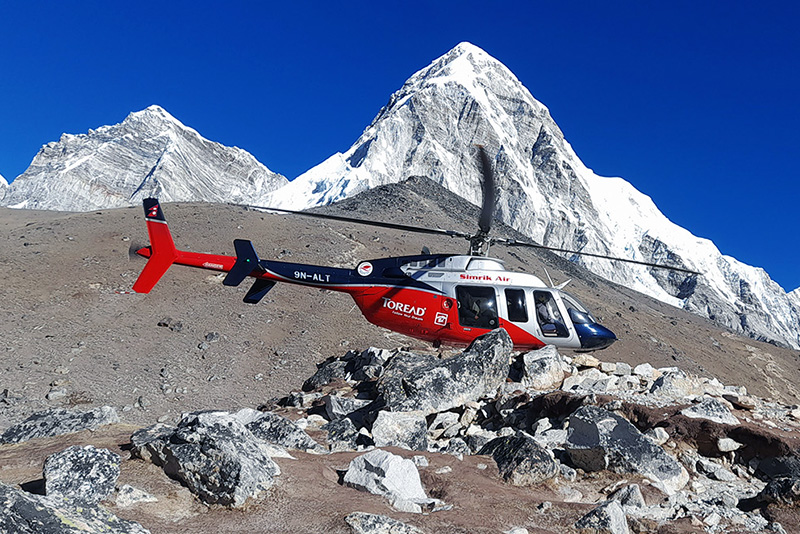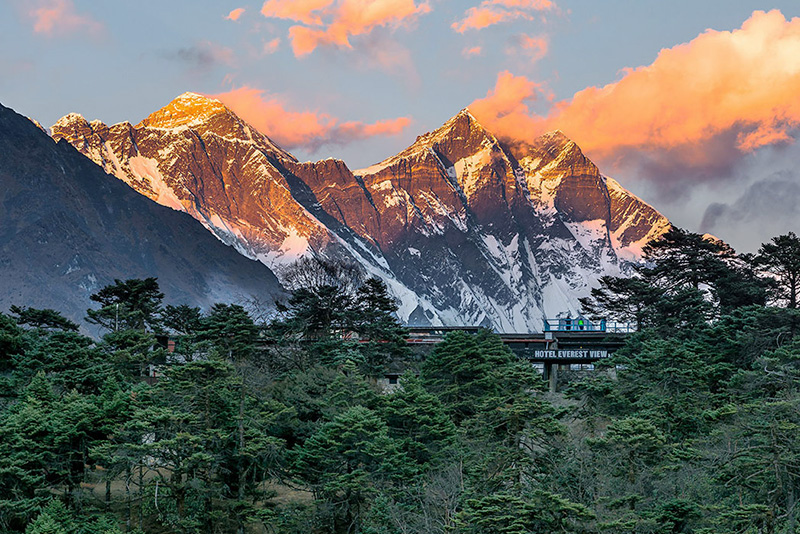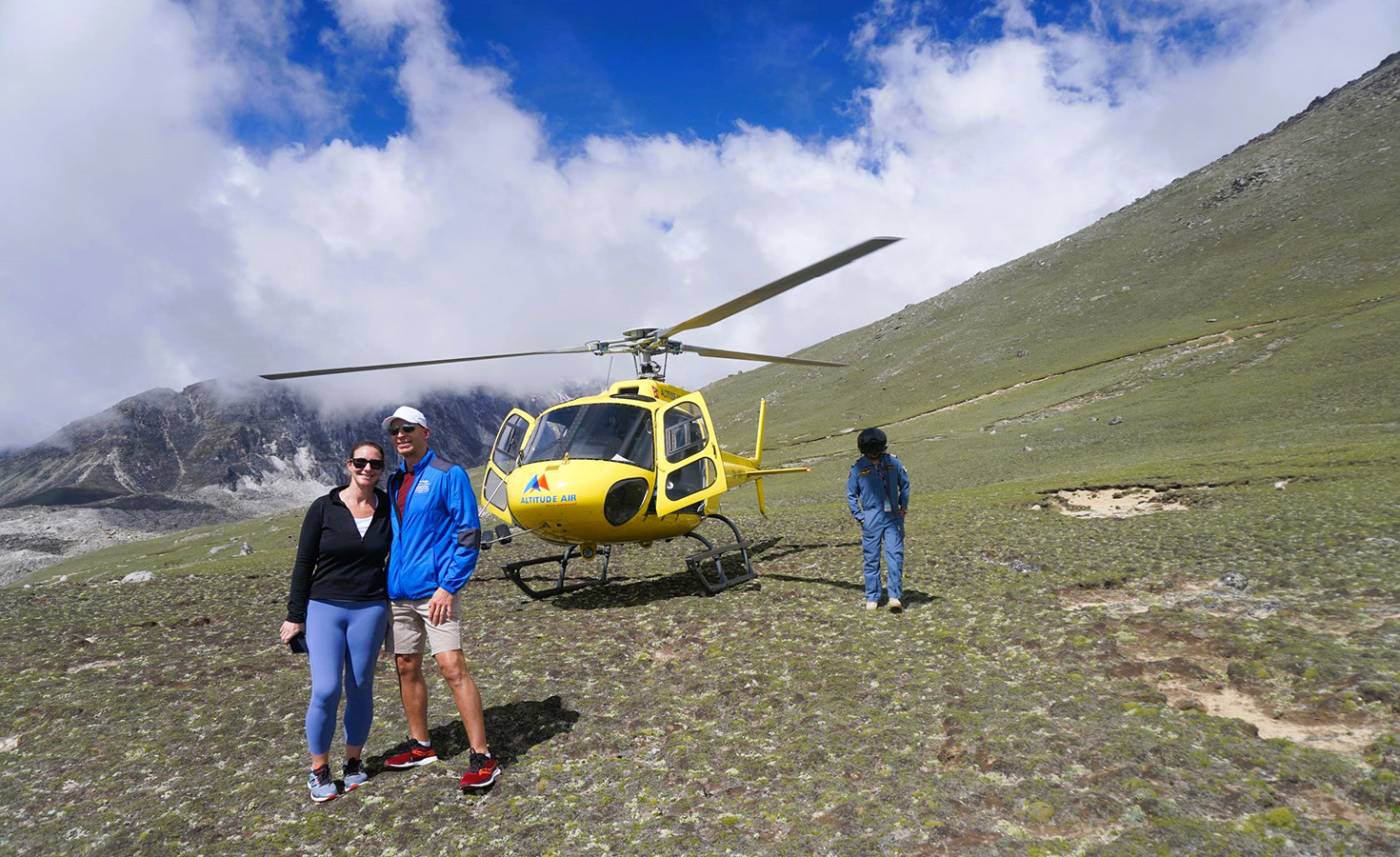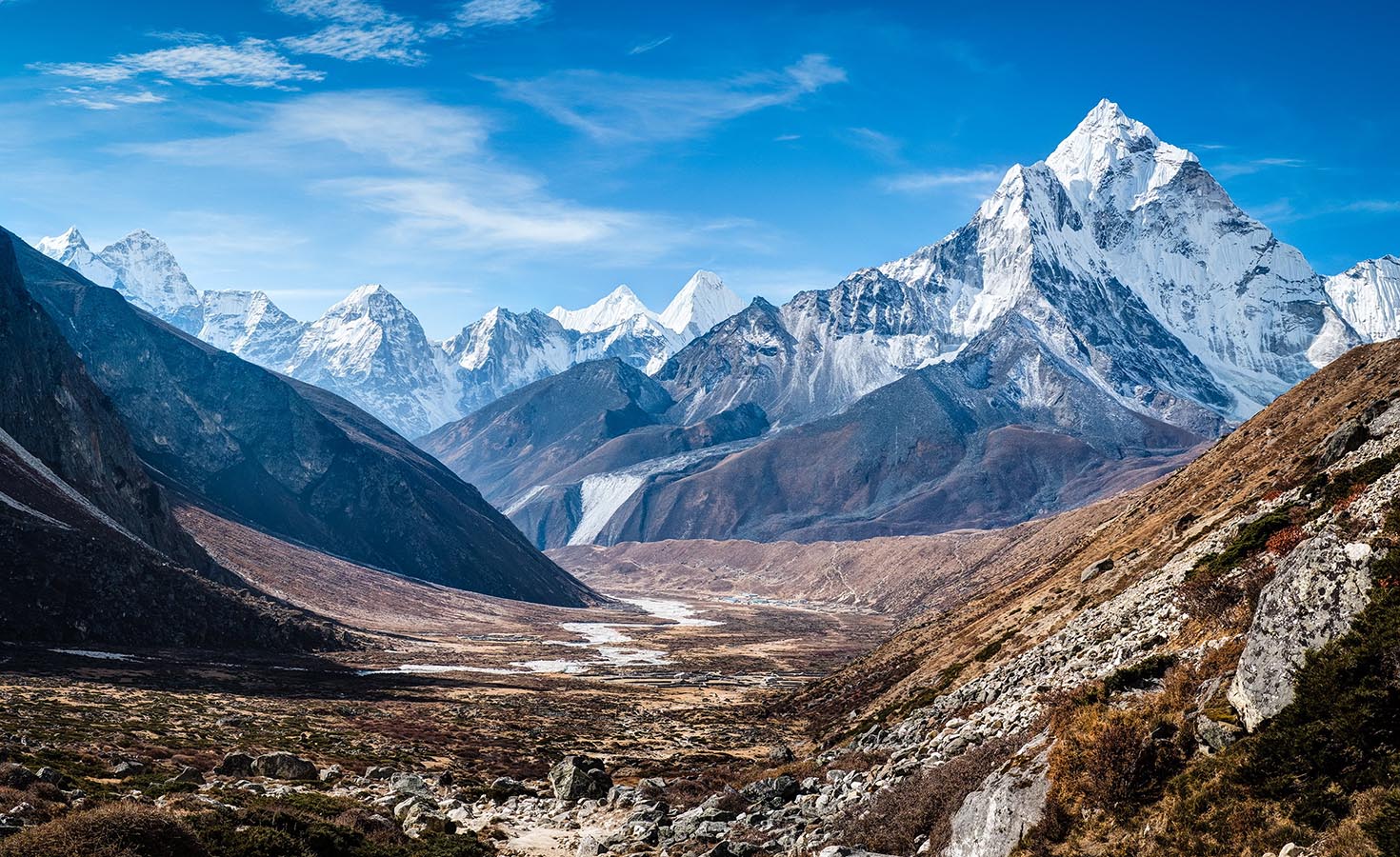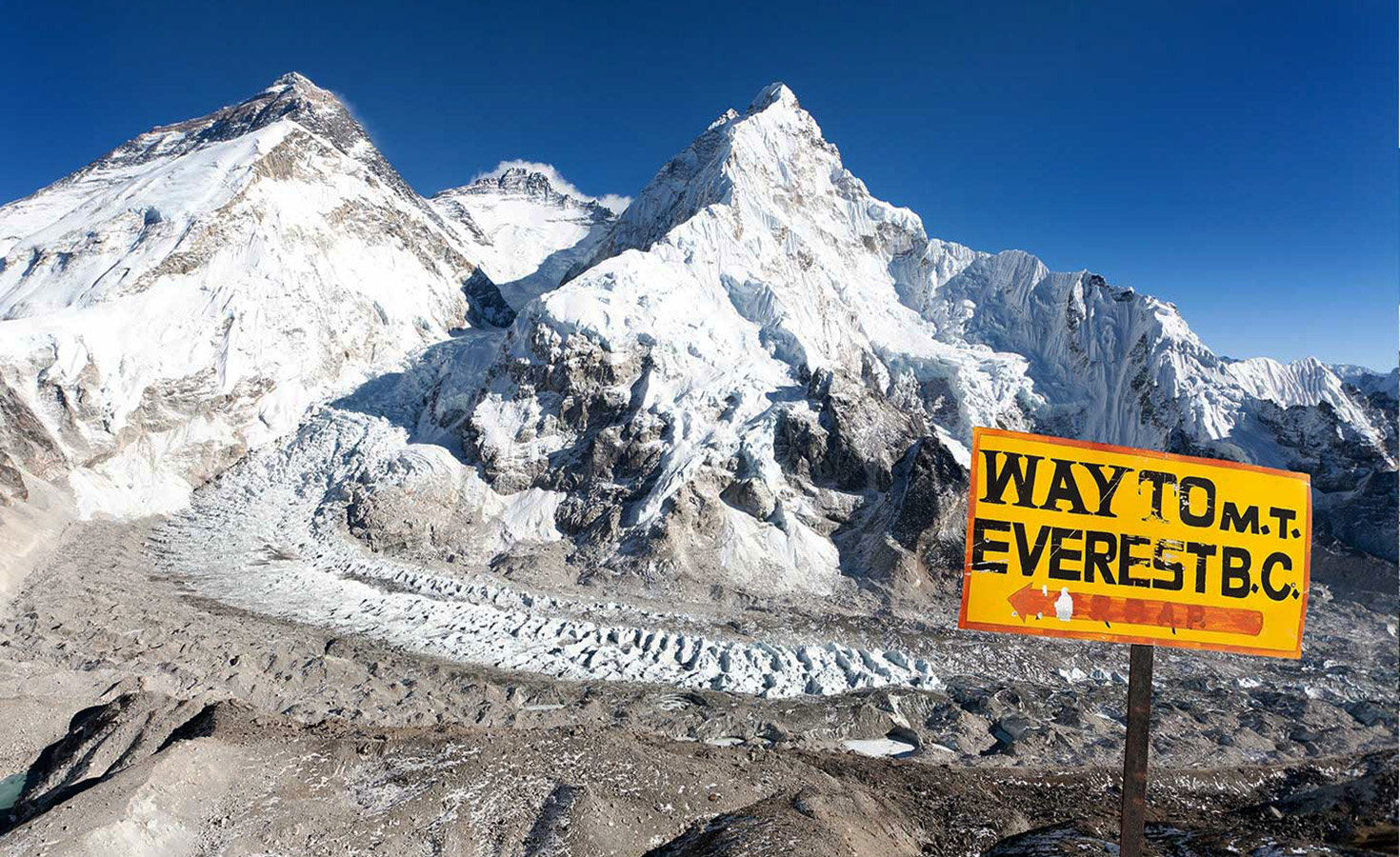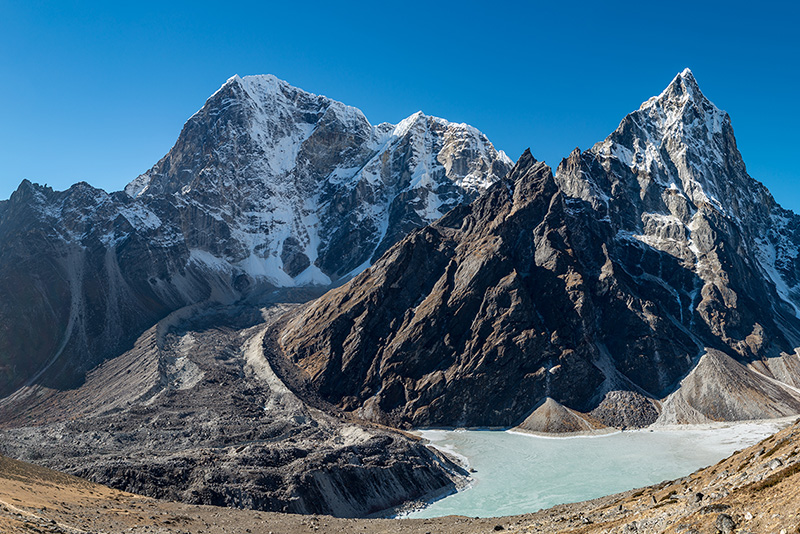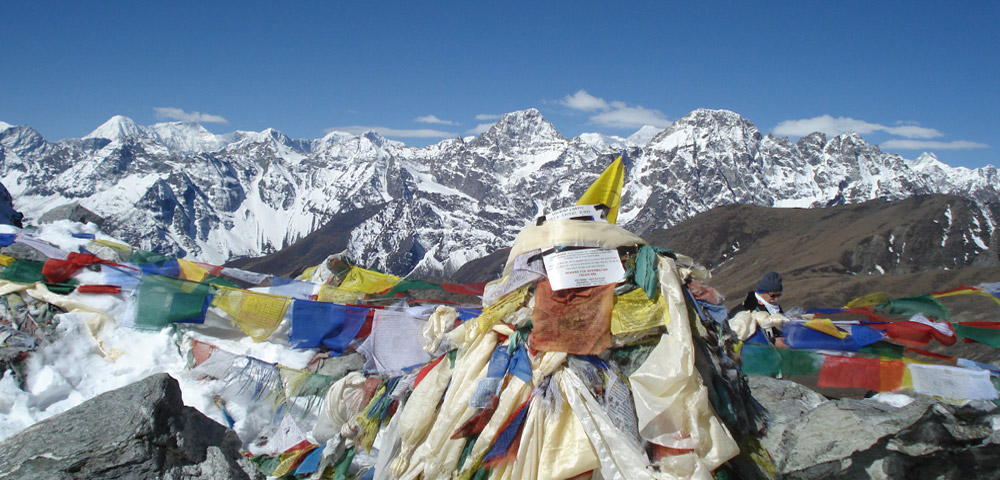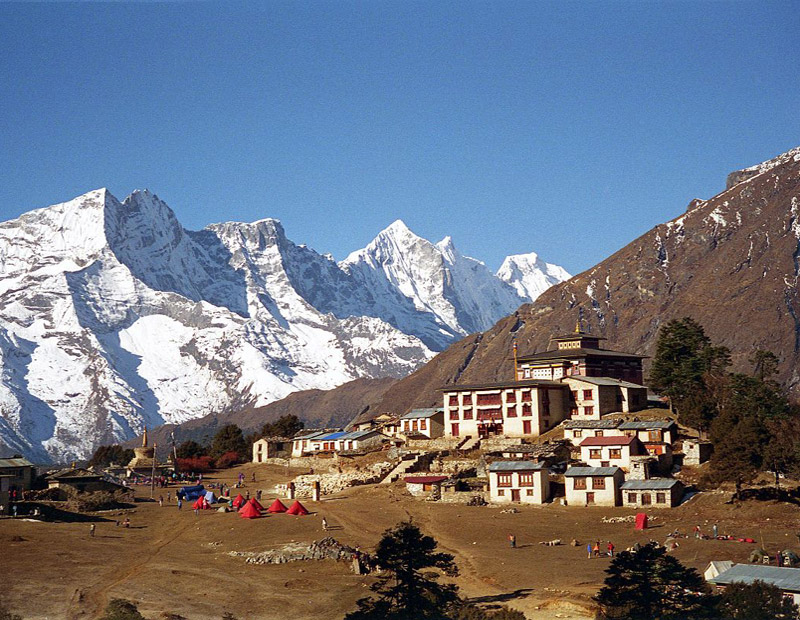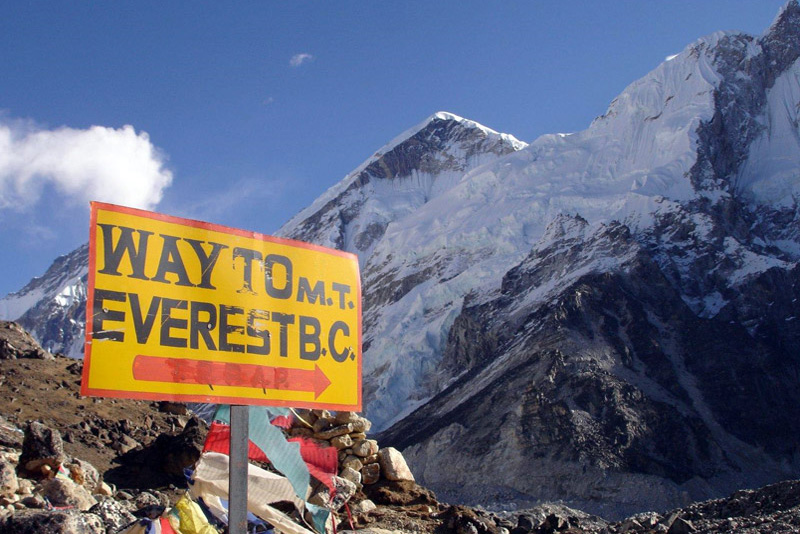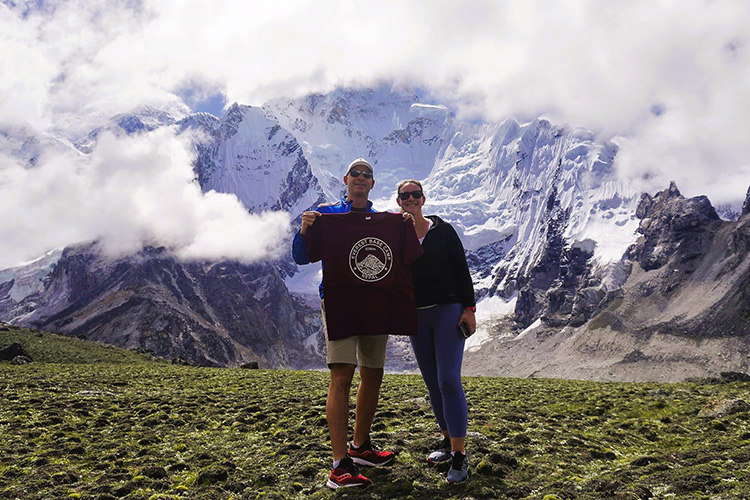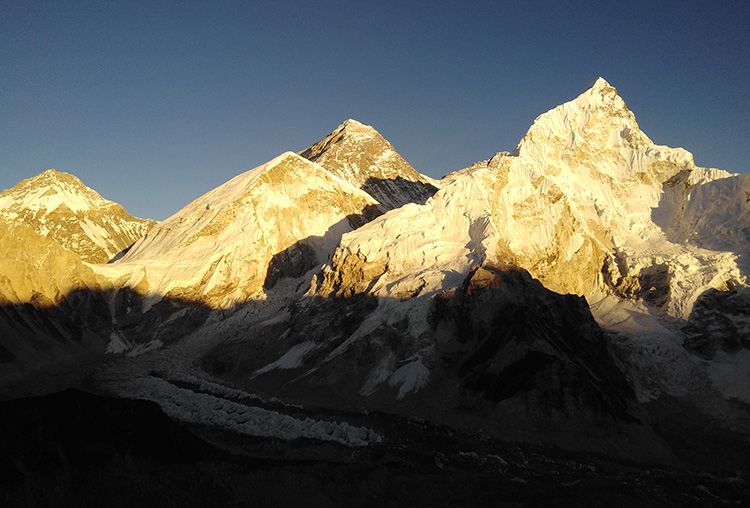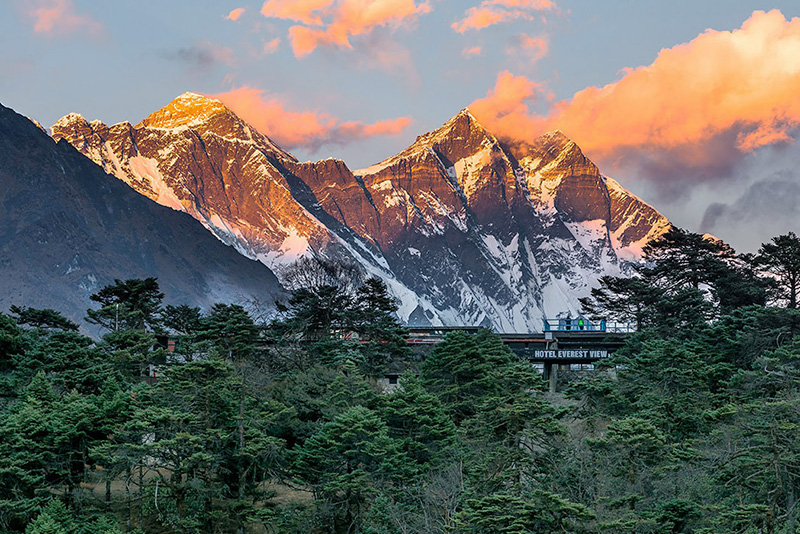Everest Base Camp Heli Trek
Everest Base Camp Heli Trek is an excellent opportunity to explore Everest Base Camp (EBC) and return to Kathmandu on a helicopter while taking in breathtaking views of Everest, Lhotse, Makalu, and Cho Oyu. Stay at the finest luxury lodges in the Everest region and enjoy services that are unmatched. If you prefer the deluxe option, this is an excellent deal for you. In just over a week, you will be able to walk to Everest’s base camp, visit the famous viewpoint of Kala Patthar, fly back to Kathmandu, and return home. Additionally, throughout your Everest Base Camp Luxury Helicopter Trek, you will spend the night in luxurious lodges. After hiking to Everest Base Camp, you take a helicopter back to Lukla. Obtain an overhead perspective of the Everest Region and hover near some of the world’s tallest peaks.
After a pleasant helicopter trip from Kathmandu to Lukla, the EBC Luxury Heli Trek commences. From Lukla, a Sherpa hamlet on a hilltop with an airport, you pass by other Sherpa settlements. Pass through the picturesque Dudh Koshi Valley on suspension bridges adorned with prayer flags your route to Namche. Acclimatize for one day in the Sherpa capital of Namche. Tengboche Monastery is a significant spiritual center in the Khumbu region; pay your respects there.
Trek to EBC and stand beneath Mount Everest, the tallest mountain on world. In addition, visit Kala Patthar and take in the breathtaking view of 7000- and 8000-meter peaks. After enjoying the scenery, you board a helicopter. Enjoy aerial views of Mount Everest, Sherpa communities, and glacier rivers during a helicopter flight to Everest Base Camp. The helicopter journey to Lukla and then Kathmandu signifies the conclusion of your unforgettable Everest Base Camp Luxury trek.
Two days have been set out for acclimatization, and an experienced trek leader will be present to help you. Our guide has successfully led multiple parties to and from EBC without incident.
Everest Base Camp Heli Trek Highlights
The Everest Base Camp Heli Trek is a unique and exhilarating way to experience the iconic Everest region of Nepal. This trek combines trekking to Everest Base Camp with a scenic helicopter flight back to Kathmandu. Here are some highlights of the Everest Base Camp Heli Trek.
Stunning Mountain Views: The trek offers breathtaking views of some of the world’s highest peaks, including Mount Everest, Lhotse, Nuptse, Ama Dablam, and many others. The helicopter flight provides an unmatched aerial perspective of these majestic mountains.
Cultural Exploration: The trek takes you through Sherpa villages and monasteries, allowing you to experience the rich Sherpa culture and traditions. You’ll have the opportunity to interact with locals and learn about their way of life.
Everest Base Camp: Trekking to Everest Base Camp is a bucket-list experience. Standing at the foot of the world’s highest mountain is a remarkable achievement and provides a sense of adventure and accomplishment.
Tengboche Monastery: The trek passes through Tengboche, where you can visit the famous Tengboche Monastery. This monastery holds cultural and religious significance and offers panoramic mountain views.
Scenic Helicopter Flight: The highlight of the trek is the helicopter flight back from Lukla to Kathmandu. This flight provides an awe-inspiring view of the Himalayan landscape, allowing you to see the mountains from a unique perspective.
Time-Efficient: The combination of trekking and a helicopter flight allows you to experience the beauty of the Everest region without the need for a long return trek. It’s a great option for those with limited time.
Comfortable Accommodation: Along the trekking route, you’ll stay in tea houses and lodges that offer basic but comfortable accommodation and local hospitality.
Varied Landscapes: The trek takes you through a variety of landscapes, from lush forests and alpine meadows to rocky terrains and glaciers. This diversity adds to the overall trekking experience.
Local Cuisine: You’ll have the chance to savor local Sherpa cuisine, which includes hearty meals to fuel your trekking journey.
Sense of Accomplishment: Completing the trek to Everest Base Camp and returning via helicopter provides a unique sense of accomplishment, combining physical exertion with an exhilarating flight.
The Best time for Everest Base Camp Heli Trek
The best time for the Everest Base Camp Heli Trek is during the pre-monsoon (spring) season (March to May) and the post-monsoon (autumn) season (September to November). These months offer the most favorable weather and trekking conditions for a safe and enjoyable experience. Here’s why these seasons are recommended.
Pre-Monsoon (Spring) Season (March to May):
Stable Weather: Spring is one of the most popular trekking seasons in Nepal. The weather is generally stable with clear skies, minimal rainfall, and pleasant temperatures during the day.
Blooming Flora: The rhododendron forests and other vegetation come to life with vibrant blooms, creating a colorful and picturesque backdrop for your trek.
Clear Mountain Views: The clear skies offer excellent visibility, allowing you to enjoy panoramic views of the surrounding mountains, including Everest, Lhotse, Nuptse, and more.
Post-Monsoon (Autumn) Season (September to November):
Stable Weather: Autumn is considered the best trekking season in Nepal. The weather is stable, with clear skies, minimal rainfall, and comfortable temperatures during the day.
Excellent Visibility: The clear skies provide exceptional visibility, allowing trekkers to enjoy unobstructed views of the mountains and the surrounding landscapes.
Festivals and Local Life: This season is also a time of festivals and celebrations in Nepal, adding cultural experiences to your trek. The local communities are active, and you’ll have opportunities to engage with locals and learn about their traditions.
Both of these seasons provide a fantastic opportunity to experience the beauty of the Everest region through trekking and a scenic helicopter flight. Keep in mind that the weather conditions can be unpredictable at higher altitudes, so it’s important to be prepared with proper gear, clothing, and acclimatization. The trek to Everest Base Camp involves ascending to high altitudes, so it’s recommended to have a good level of physical fitness and to follow a well-planned itinerary.
Our agent will transfer you to the hotel from the airport. Hotel check-in followed by sightseeing tour. Spend the night in Kathmandu.
Embark on a helicopter from Tribhuvan International Airport and head east to begin your epic Everest Base Camp luxury lodge adventure. While flying above the mountains, observe the jagged peaks of the Himalayan range. The flight offers breathtaking views of the Kathmandu valley, hilltop villages, and towering Himalayan peaks. At the Lukla airport, you will meet the rest of the crew.
Pack your belongings and go to Phakding via the bustling Lukla marketplace. The riverfront community of Phakding is accessible by a suspension bridge made of metal. Travel to Yeti Mountain Home, a luxurious lodge. Later, amble around the settlement and descend to the riverbank to observe the Dudh Koshi, a glacier river coursing through the valley. Take photographs and savor the beautiful scenery in solitude. Later, return to the lodge for some relaxation.
A picturesque path lined with mani stones (stones inscribed with Buddhist mantras), Buddhist shrines, and colorful prayer flags. The trail winds through a pine and rhododendron forest. Cross suspension bridges constructed of metal over swiftly moving glacier rivers. You cross the renowned Hillary Bridge, the Everest region’s highest suspension bridge.
As you ascend on your luxury Everest climb, you are flanked on all sides by massive mountain cliffs. The triangular peaks ascend into the sky. When you first see Namche, a sense of relief washes over you after the arduous trek. The village of Namche sprawls like an amphitheater down the slope of a mountain. Enjoy your first glimpse of Mount Everest (8,848m), Lhotse (8,516m), and numerous other peaks from this location.
Namche, often known as the Sherpa capital, offers a variety of luxurious and inexpensive mountain resorts. When you reach the town, relax your sore limbs at Yeti Mountain Home.
Spend one day in Namche acclimatizing. The town is the economic hub of the Khumbu region, filled with cafes, bakeries, mountain lodges, stores, and internet cafes. There is even a cash machine. Every Saturday, merchants from the entire Khumbu region, the Terai lowlands, and Tibet congregate at the Saturday Market to offer their items. If you are in Namche on a Saturday, be sure to stop by the ‘Saturday Market’.
As acclimatization, hike to the nearby Sherpa town of Khumjung or the Hotel Everest View, which is located just above Namche. Enjoy beautiful views of Ama Dablam, Tawache, Khumbu Himal, Mount Everest, and numerous other peaks from the hotel’s terrace.
Sir Edmund Hillary constructed the first school in the Khumbu region in Khumjung. The old Khumjung Monastery, which contains what is believed to be the head of a Yeti, is also worth a visit. Later, return to Namche.
Today, you will traverse one of the most scenic sections of the trail. Cross an alpine meadow with pine trees and rhododendron plants to reach Tengboche. Repeatedly pause to admire the spectacular mountain vistas. Ama Dablam towers directly atop Tengboche. Capture breathtaking vistas of this peak with your camera.
The massive Tengboche Monastery towers over the Tengboche town. It is one of the most ancient and significant Buddhist monasteries in the Everest Region. Inside the monastery, old sculptures adorn the altar and vibrant Buddhist artwork grace the walls. Attend a worship service and observe monks chanting sutras.
Later, descend (about 25 minutes) to the nunnery and monastic village of Deboche. You will spend the night at another luxurious resort, Rivendell Lodge.
To catch the sunrise over the mountains, one must rise early. Observe in awe as the sun illuminates one of the world’s most stunning mountains, Ama Dablam. Following breakfast, proceed to Dingboche.
A path that runs through a forest is ascended. The Ama Dablam pyramid towers right overhead. Take some time to appreciate this once-in-a-lifetime view. You pass via the Sherpa settlement of Pangboche en route. As you reach Dingboche, the treeline vanishes and the terrain becomes bleak and rocky.
Dingboche is bordered by stone-fenced farms. Once you have reached the settlement, proceed to the teahouse where you have reserved rooms and rest.
You are above 4,000 meters in altitude and can feel the difference in the air. The air is thinner, making movement more difficult, especially uphill. Take an acclimatization hike across the nearby hills to ease your body into a state of comfort.
Head to Nangkartshang Peak or Chukkung Valley. Permit your guide to choose the destination for the hike, as he will consider your physical condition. The non-technical trek to Nangkartshang Peak (5,083m) offers a breathtaking view of Makalu, Lhotse, Ama Dablam, and numerous other peaks, while Chukkung Valley offers breathtaking views of glaciers cascading down mountain sides.
Or, if you wish to conserve energy for tomorrow’s walk, you might climb any of the little hills that encircle Dingboche.
Leave Dingboche and proceed toward Lobuche. Walk through a vast, arid valley until you reach Thukla. Obtain intimate views of Mount Pumori, Khumbila, and Lingtren, among others. You will see stone memorials of mountaineers and hikers who perished in these mountains at the summit of Thukla Pass.
The tributes to Rob Hall, Scott Fischer, and the late great sherpa Babu Chiri Sherpa are the most notable (climbed Everest without supplementary oxygen and stayed at the summit for 22 hours). Rob Hall and Scott Fischer’s ordeals on Mount Everest have been immortalized in the best-selling book “Into Thin Air” by Jon Krakauer and the film “Everest.”
After a long ascent, one enters Lobuche, a little settlement with only a few teahouses. If you are not too exhausted, you can tour the neighborhood. A neighboring little hill offers spectacular views of the Khumbu Glacier. Tomorrow will be a busy day, so get a good night’s rest tonight.
Get up early and travel to Gorak Shep. You make your way along the Khumbu Glacier gently and gradually. The treeline has long since disappeared, and you are ascending a bleak, stony desert. Be cautious when walking on the loose rocks and pebbles. The terrain is starkly lovely. Upon reaching Gorak Shep, take lunch at a teahouse. Later, embark on a trek to Everest Base Camp.
Follow the Khumbu Glacier to reach Everest Base Camp. Traverse a steep trail composed of loose pebbles and gravel. Huge boulders littered the path. Everest Base Camp is located in an open field beneath the Khumbu Icefall at the base of Mount Everest.
During the climbing season, this trail will be dotted with colorful tents dotting the otherwise drab countryside. Photograph climbers who are preparing to summit the tallest mountain in the world.
You have achieved your objective and it feels incredible to stand beneath some of the world’s biggest mountains. If the weather is clear, it is possible to visit Kala Patthar today and EBC tomorrow. Sunset views are excellent from Kala Patthar. The final decision, however, will be made by your guide.
Early in the morning, trek to Kala Patthar. Kala Patthar is one of the highest and most popular vantage sites in the Everest Region, offering a 360-degree panorama of Himalayan peaks, including Mount Everest.
The vista is breathtaking and should not be missed. Several of the world’s tallest peaks, including Pumori, Nuptse, Changtse, and Mount Everest, are nearby. Observe this spectacular spectacle while standing near them. This location is one of those unforgettable vistas that you will never forget! Take photographs and return to Gorak Shep.
Board a helicopter at Gorak Shep and fly to Lukla. You thank your support team and bid them farewell. Once onboard, experience soaring vistas of some of the world’s most breathtaking places. Fly across the towering peaks and rolling Khumbu and Nzogumpa glaciers.
You will make a brief break in Lukla before continuing on to Kathmandu. This is the final phase of your adventure, and you say goodbye to the magnificent Khumbu Mountains. Before landing in Kathmandu, you will be able to view the Kathmandu valley from above. You will be taken from the airport to your accommodation. Check in, then relax or explore Thamel.
Evening you are welcome to attend our farewell dinner.
Morning, you will be free. Afternoon we will drop you to the Kathmandu International Airport for the departure flight to home.
- All necessary ground transfers.
- All necessary accommodations as per the itinerary.
- Tea House accommodations during the trek.
- Daily breakfast, lunch and dinner during the trekking.
- All necessary paper works.
- All necessary trekking permits.
- Experienced and First Aid-trained trekking guide.
- Strong, helpful porters.
- Comprehensive medical supplies.
- Trekking map.
- Insurance of all local team.
- Warm clothing and trekking gear for staff.
- Sleeping bag and trip duffle bag.
- Trekking certificate issued by us.
- Welcome and farewell dinner in Kathmandu.
- Nepal Visa fee.
- International flights.
- All meals not mentioned in inclusions.
- Personal expenses not stipulated.
- Optional add-ons.
- Gratuities.
You might also like...
Top Add-on Trips
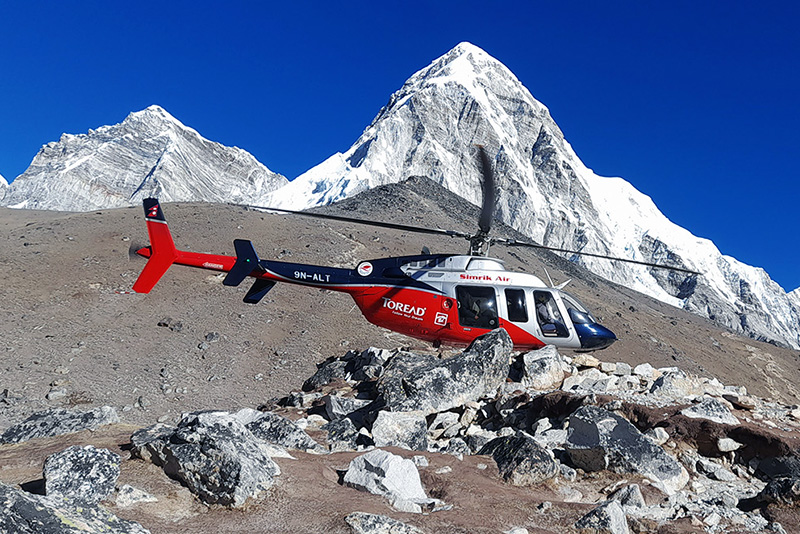
Everest Base Camp Helicopter Tour

Monastery Stay Tour
